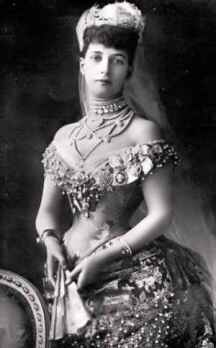|
The Creation of Queens Park
|

Alexandra - Queen of Queens Park
|
Queens Park and Charminster lie
on an area of land once known as "Poole Heath", "Poor
Heath" and finally "the Great Heath".
The origins of Queens Park lie
in turbary - the ancient right to cut turf for use as fuel.
This was effectively ended by
legislation in the early 1800s, but in response to local protest
five lots of land were set aside specifically for cutting turf.
One 147 acre plot, known as Lot
60, was to eventually become Queens Park.
The others would end up as Seafield
Gardens, King's Park, Redhill Common and Meyrick Park.
Changes afoot
The growth of the railway and easy importation of
coal gradually reduced the importance of turbary, and by the beginning
of the 20th century, the time had come to change the role of Plot
60 to recreation.
This was the dawn of the Edwardian age in which
thoughts turned more to pleasure than toil. In 1901 the Borough
Surveyor was told to prepare estimates for turning the whole of
Common 60 into a park. They even made plans for a cricket pitch.
The coronation of King Edward VII took place the
following year and in its honour Plots 59 and 60 were respectively
named Kings Park and Queens Park. They were both symbols of the
Edwardian era.
It is not known if Queen Alexandra ever saw "her"
park. The king probably glimpsed Plot 60 at some stage during
one of his many visits to be entertained in Bournemouth by his
mistress Lily Langtry.
|